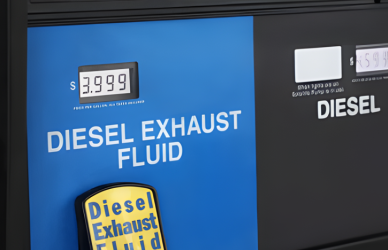The Biden administration is introducing a new framework for carbon offsets to promote genuine emissions reductions. Scheduled for release on May 28 by senior officials like Treasury Secretary Janet Yellen, the guidelines suggest companies can use carbon credits to offset some Scope 3 emissions, involving suppliers and customers.
The guidelines align with leading industry bodies and endorse voluntary carbon markets to create economic opportunities while reducing emissions. “Voluntary carbon markets can help unlock the power of private markets to reduce emissions, but that can only happen if we address significant existing challenges” Yellen stated.
According to the new U.S. guidelines, detailed in a 12-page policy statement, carbon credits represent a ton of CO2 either reduced or removed from the atmosphere. These credits, purchasable by various entities, support carbon-reducing initiatives such as tree planting. Ensuring the legitimacy of these credits is crucial.
The government’s principles assure businesses that carbon market rules follow best practices for sourcing high-quality credits, moving towards mandatory standards. BloombergNEF predicts the market for offsets could grow to $1 trillion by 2050, assuming expanded and relaxed rules.
Nat Keohane of the Center for Climate and Energy Solutions emphasized the need for environmental integrity. Ensuring offsets’ permanence is challenging, as CO2 stays in the atmosphere for centuries while most projects lack such longevity. Financial solutions like buffer pools and insurance mechanisms are recommended to address this issue. The government suggests carbon credits meet their claimed longevity, unlike the Integrity Council for the Voluntary Carbon Market’s minimum of 40 years, extendable to 100 years.
Currently, offsets fund nature-based projects, but the new U.S. framework would increasingly support innovative carbon-removal technologies like direct air capture. The guidelines emphasize that companies should prioritize measurable emissions reductions within their operations, using offsets as a supplement when necessary.
Source: Transport Topics











